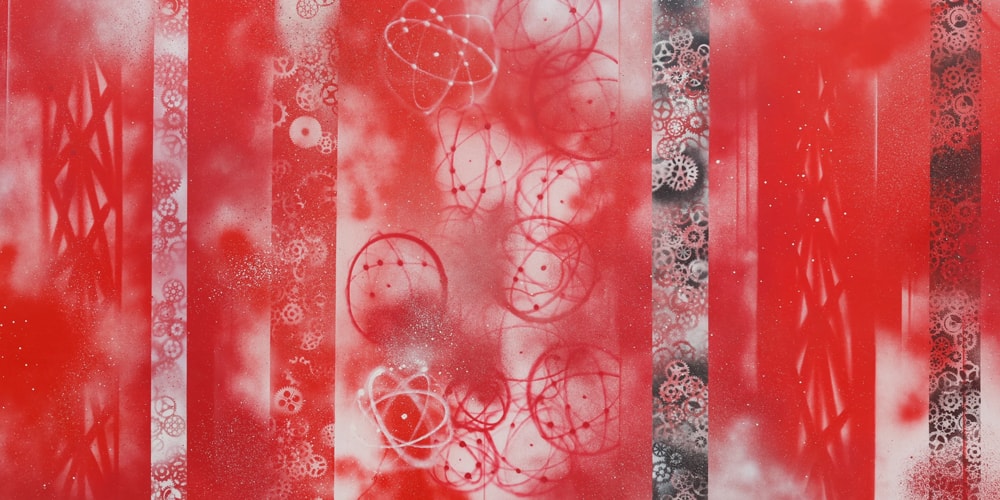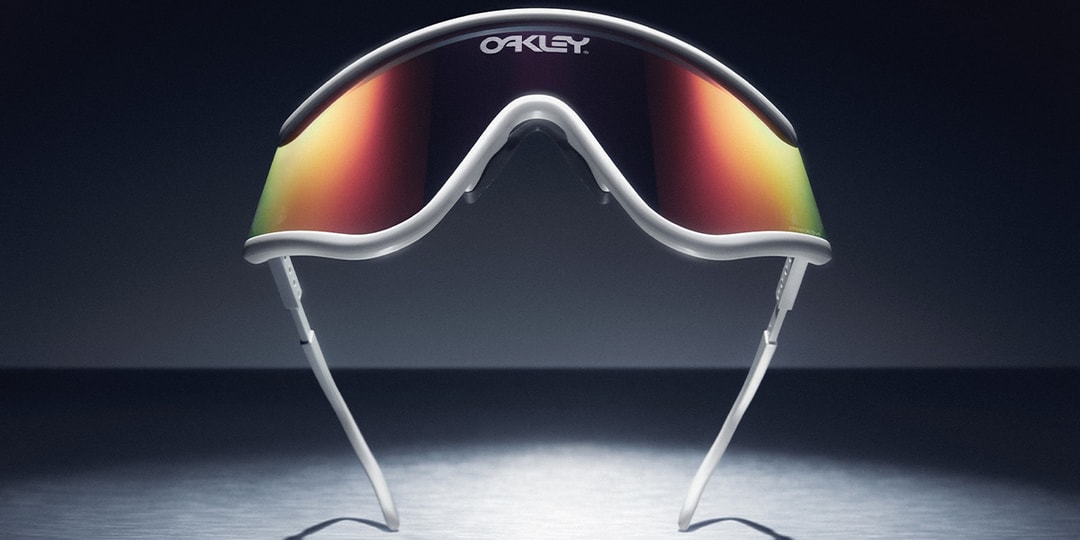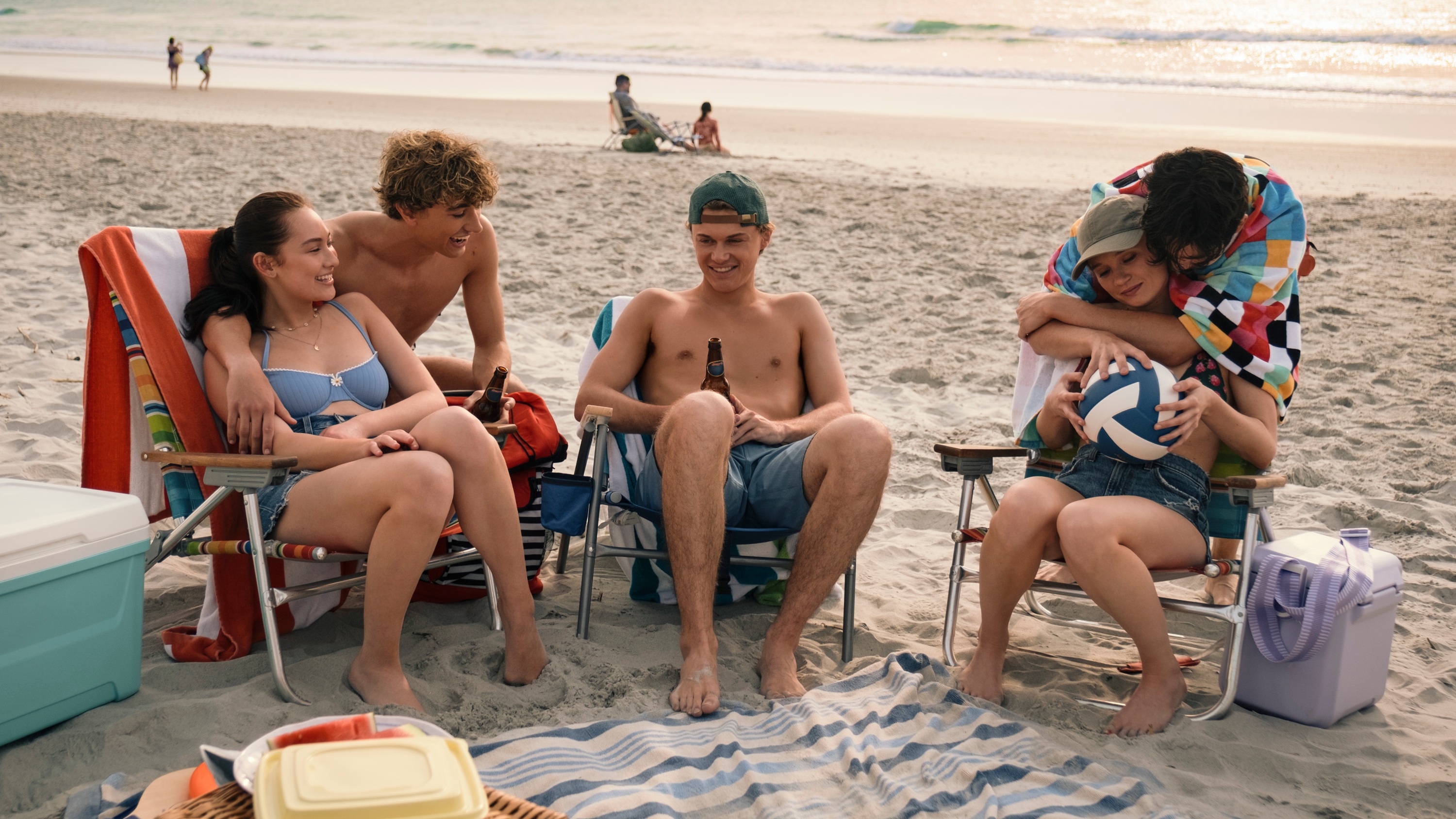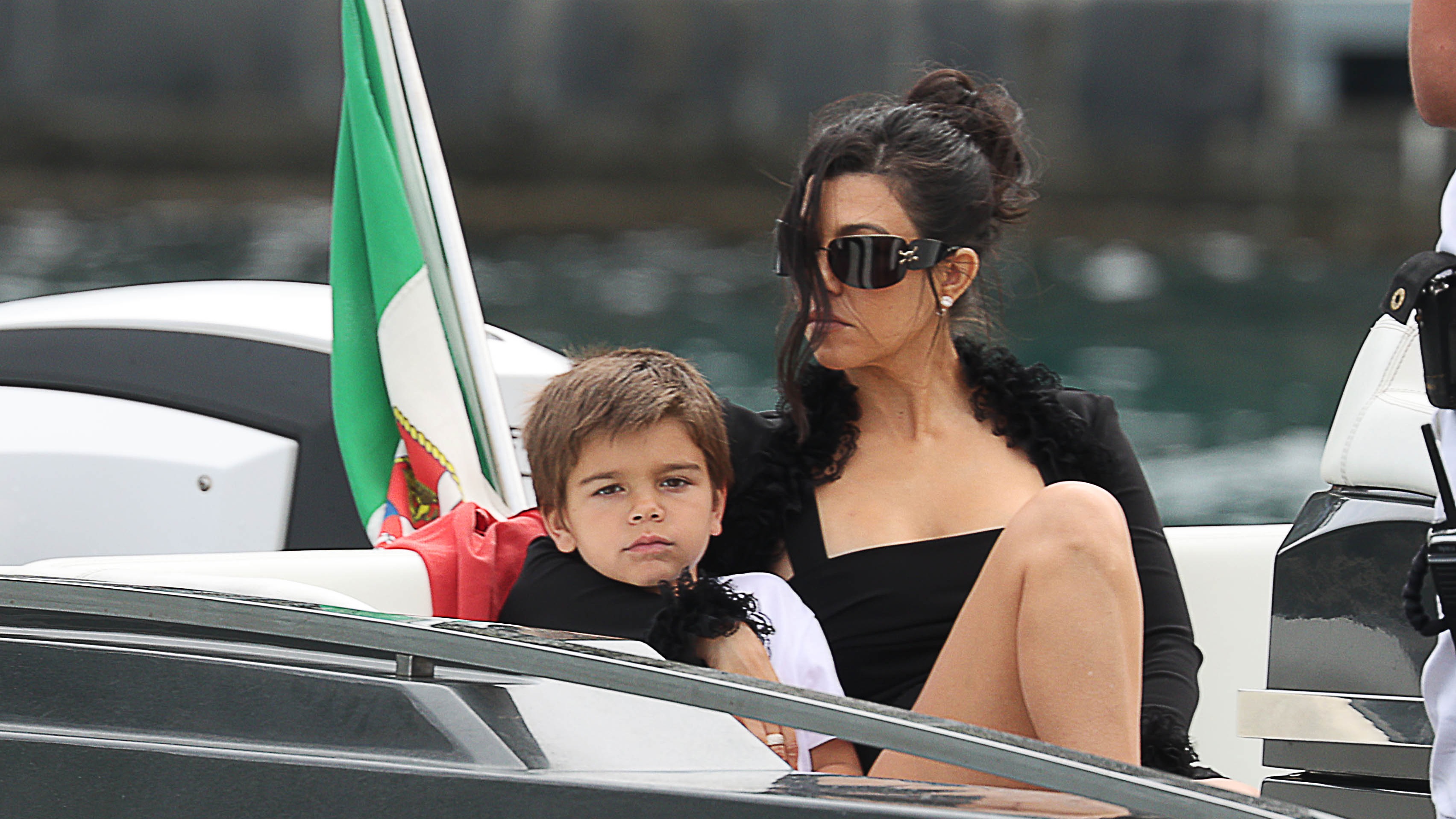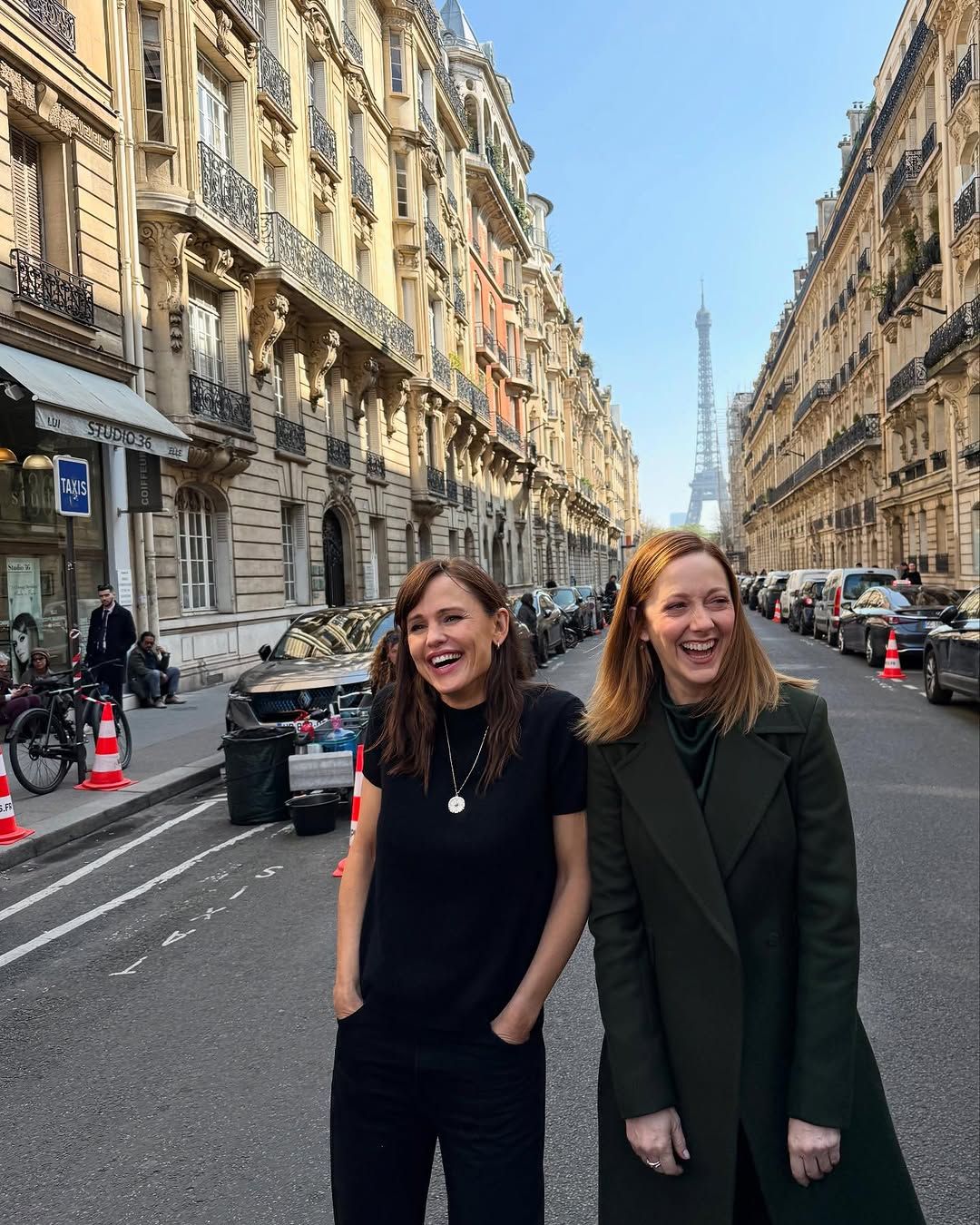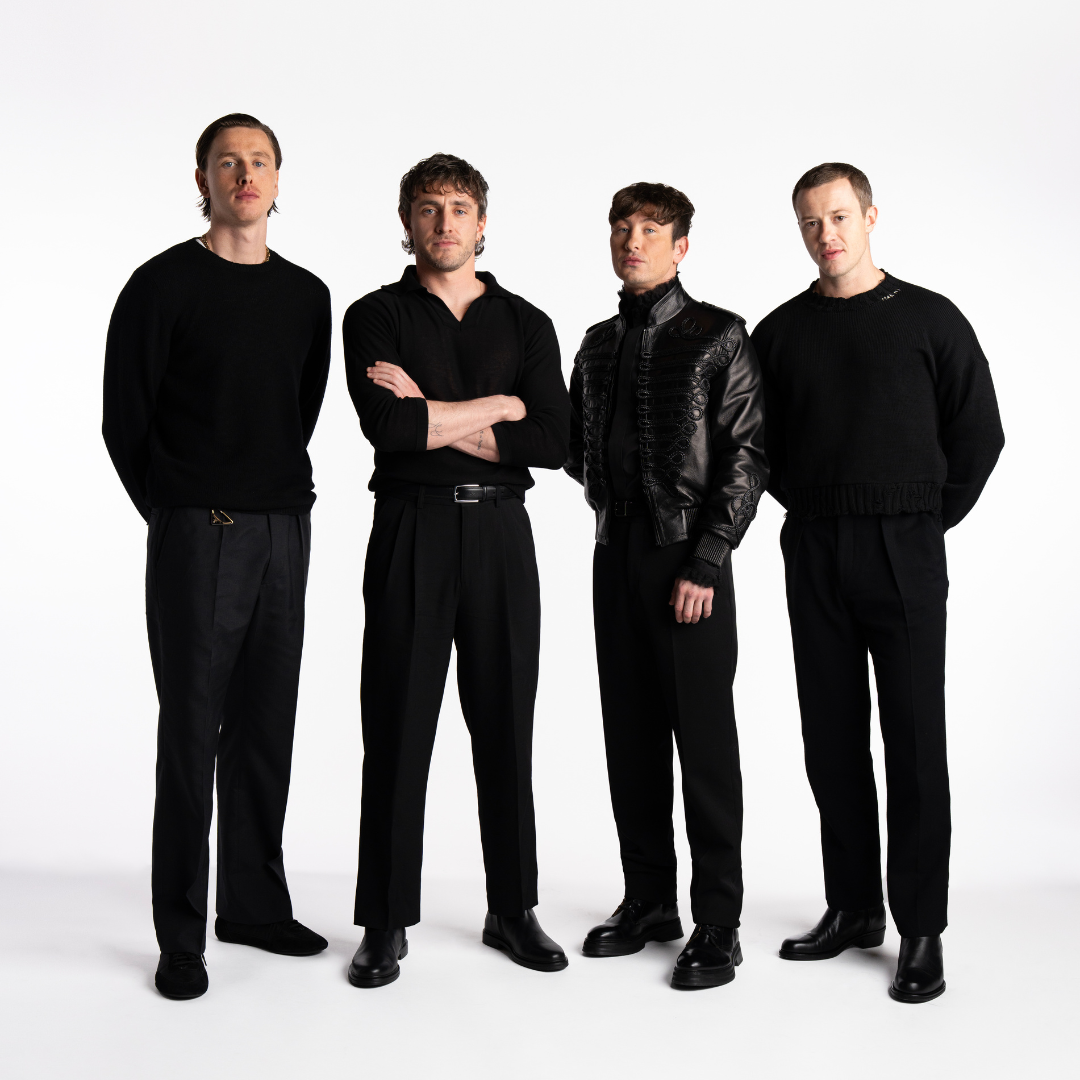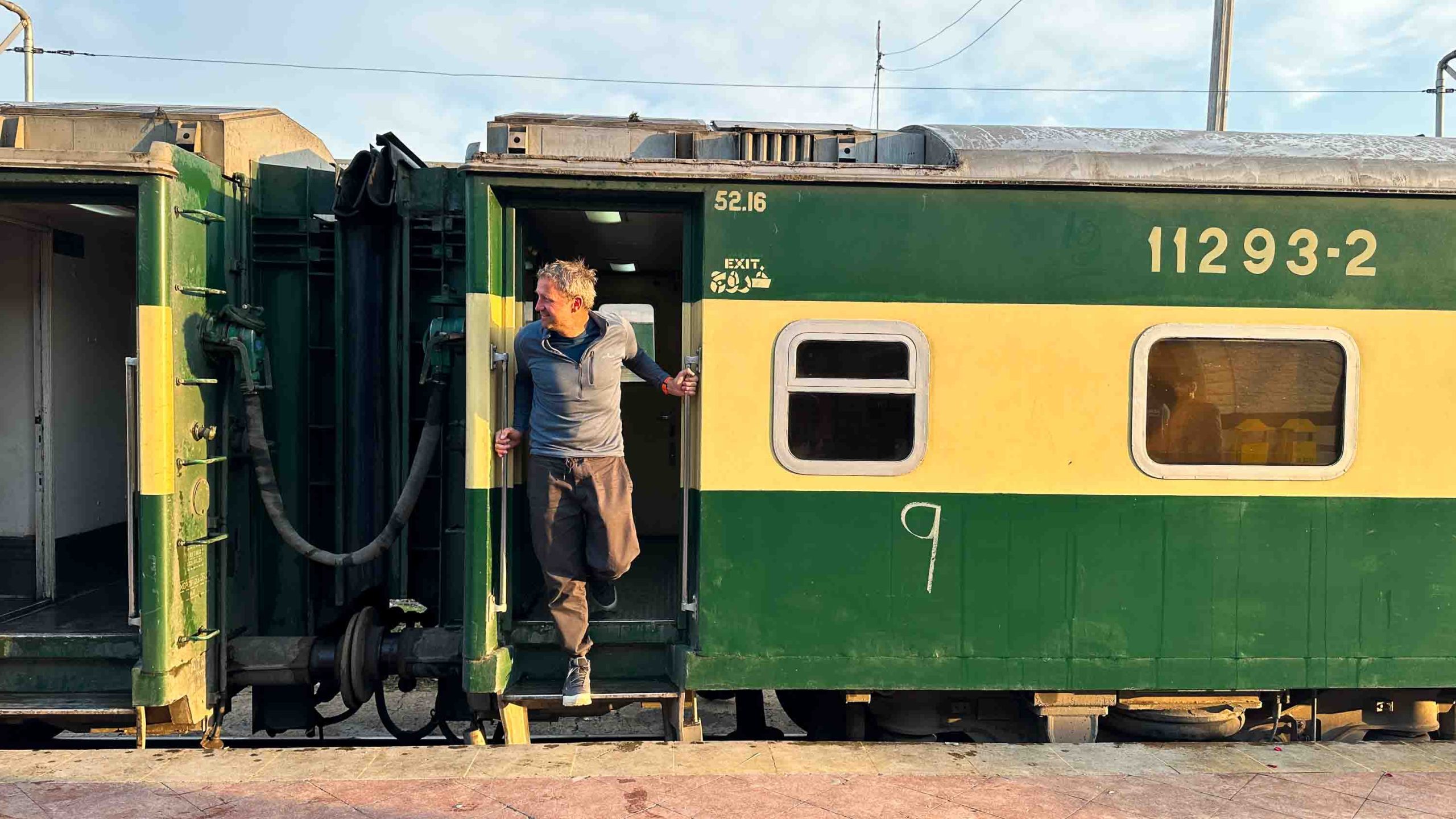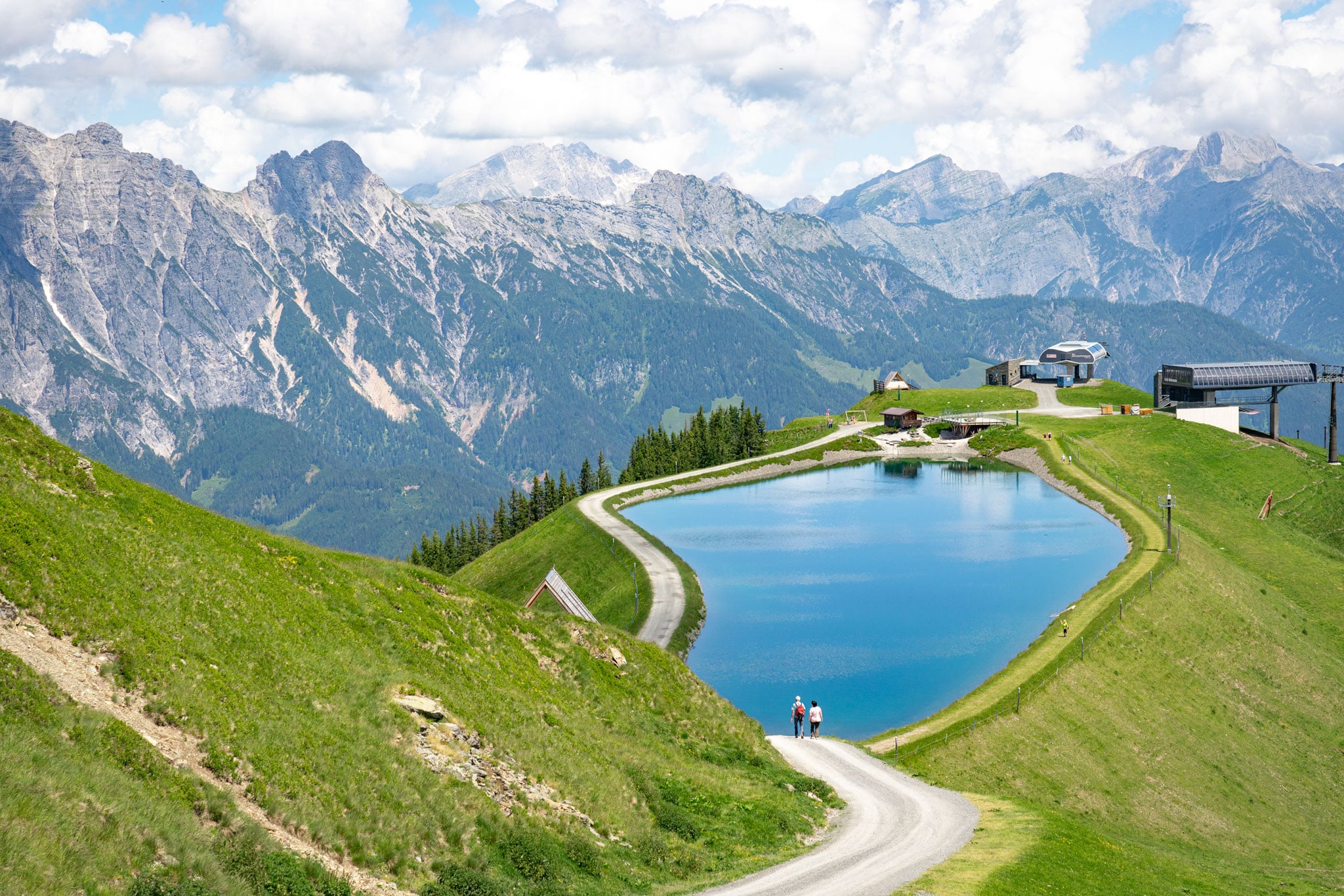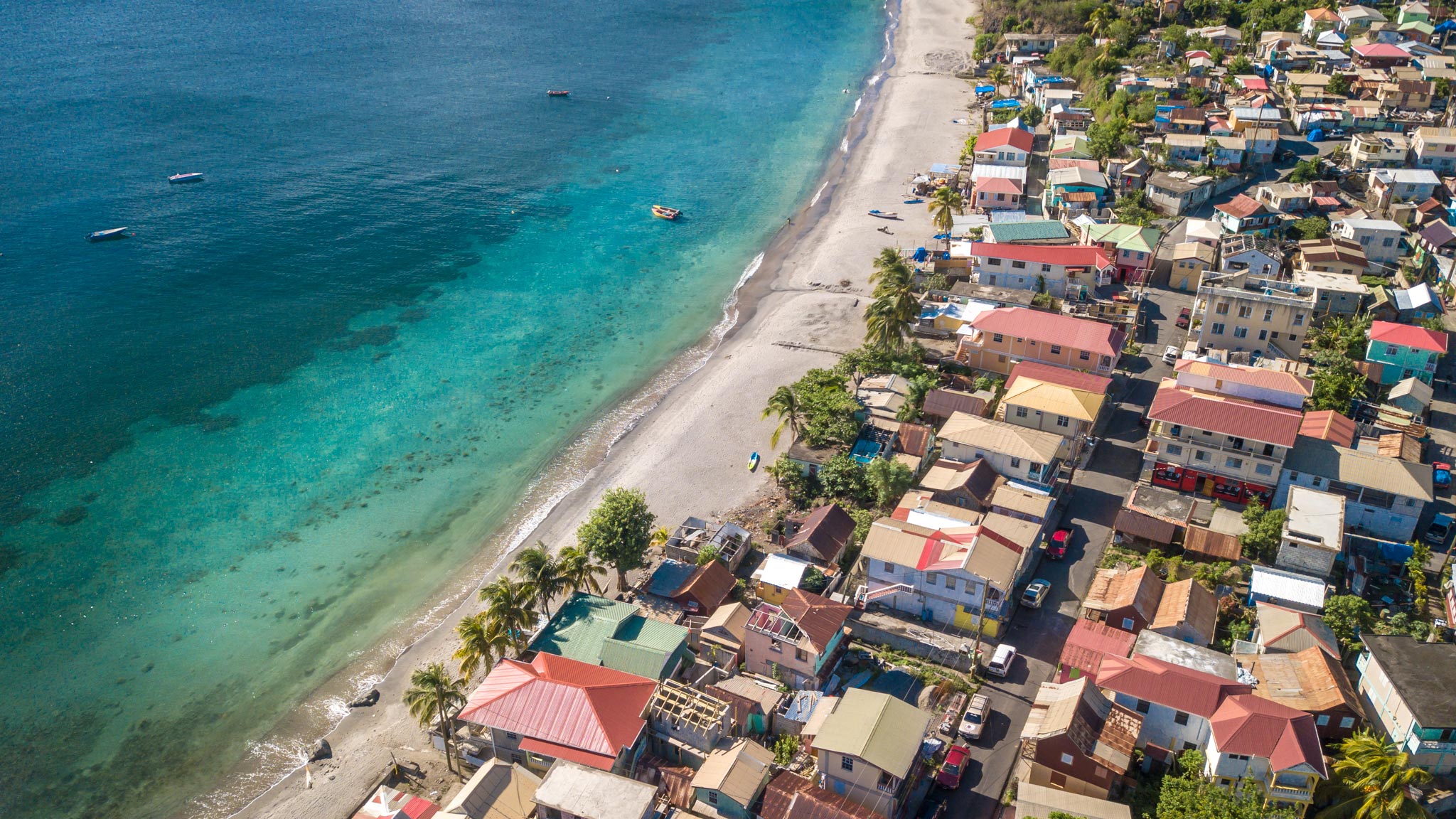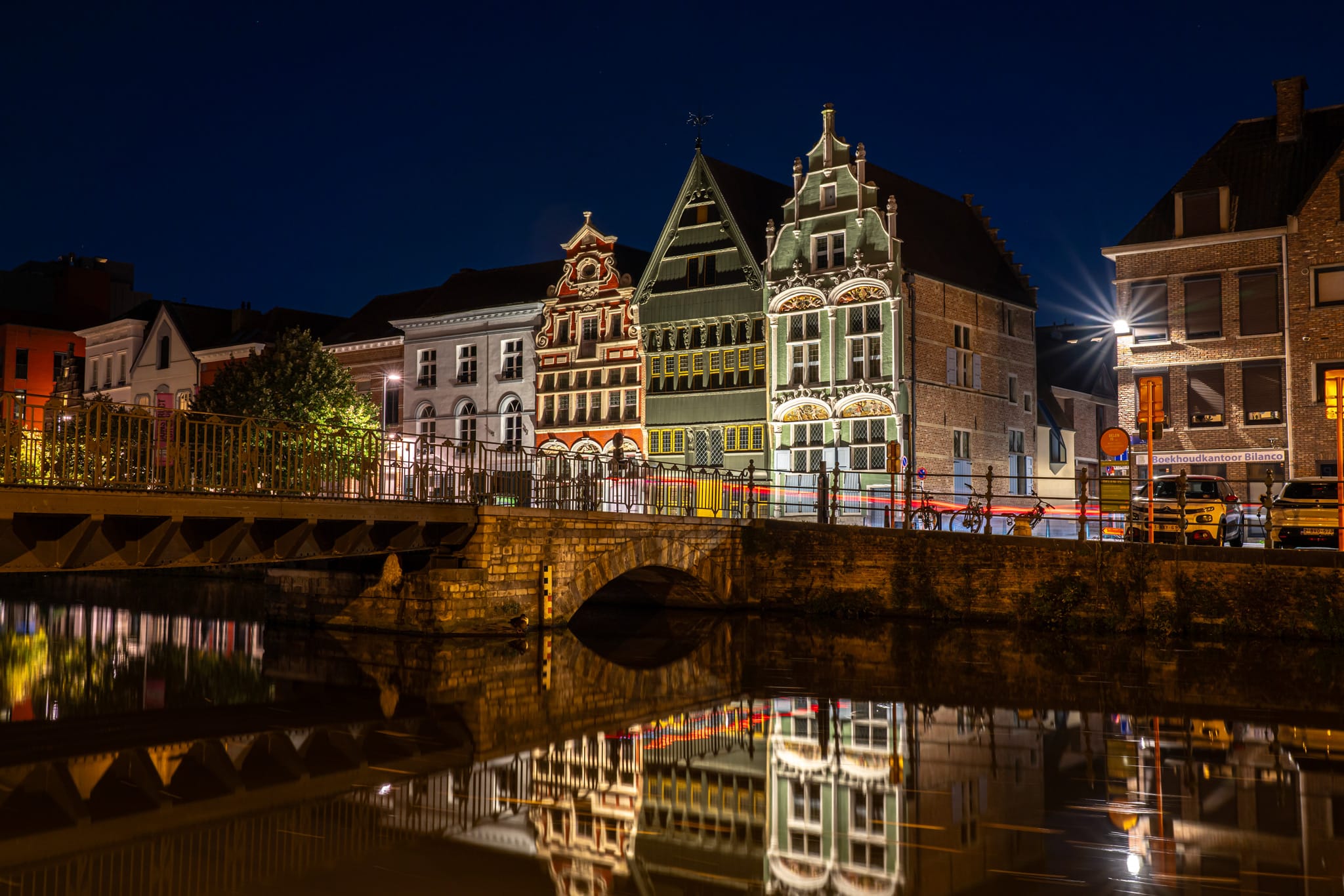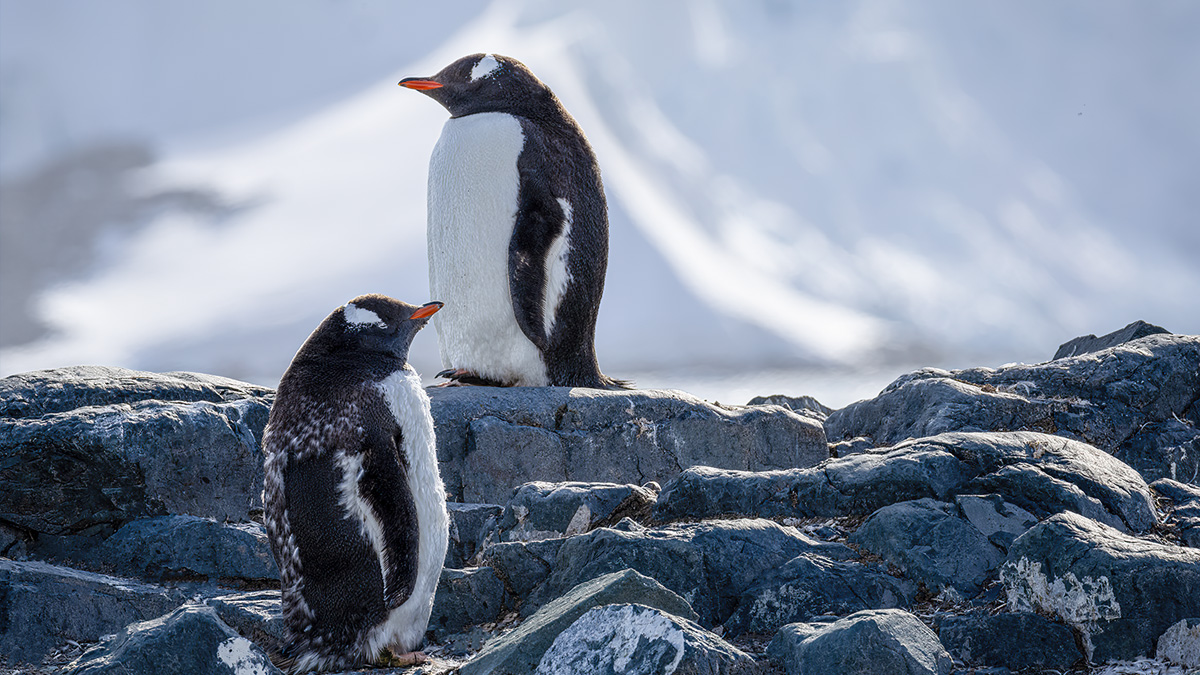The 11 best things to do in Kotor, Montenegro
Wedged between Montenegro’s brooding mountains and the Bay of Kotor, Kotor is Montenegro's most atmospheric city. Here are the top things to see and do.

Wedged between Montenegro’s brooding mountains and the scenic Bay of Kotor, the atmospheric town of Kotor is perfectly at one with its setting. Hemmed in by steep rock walls, the city is a medieval maze of cobblestone lanes, terracotta-tiled houses, stone churches, cafe-strewn squares and Venetian palaces.
It’s a place where the past coexists with the present, where lines of laundry flutter from wrought-iron balconies and local cats loll lazily in the sun along marble laneways. Come nightfall, the illuminated city walls glow as serenely as a halo, while behind the bulwarks, the streets buzz with bars, live music and castle-top clubs.
Kotor’s only downside is its popularity. During the peak tourist season from June to September, cruise ships arrive daily, blocking the view of the bay and disgorging thousands of passengers who can overwhelm Kotor’s compact old town, known as Stari Grad. Come during the spring or fall to enjoy the town without the summertime crowds.
Even in peak season, though, there are quiet corners to explore in the area. To get you started, here are the best things to do in Kotor.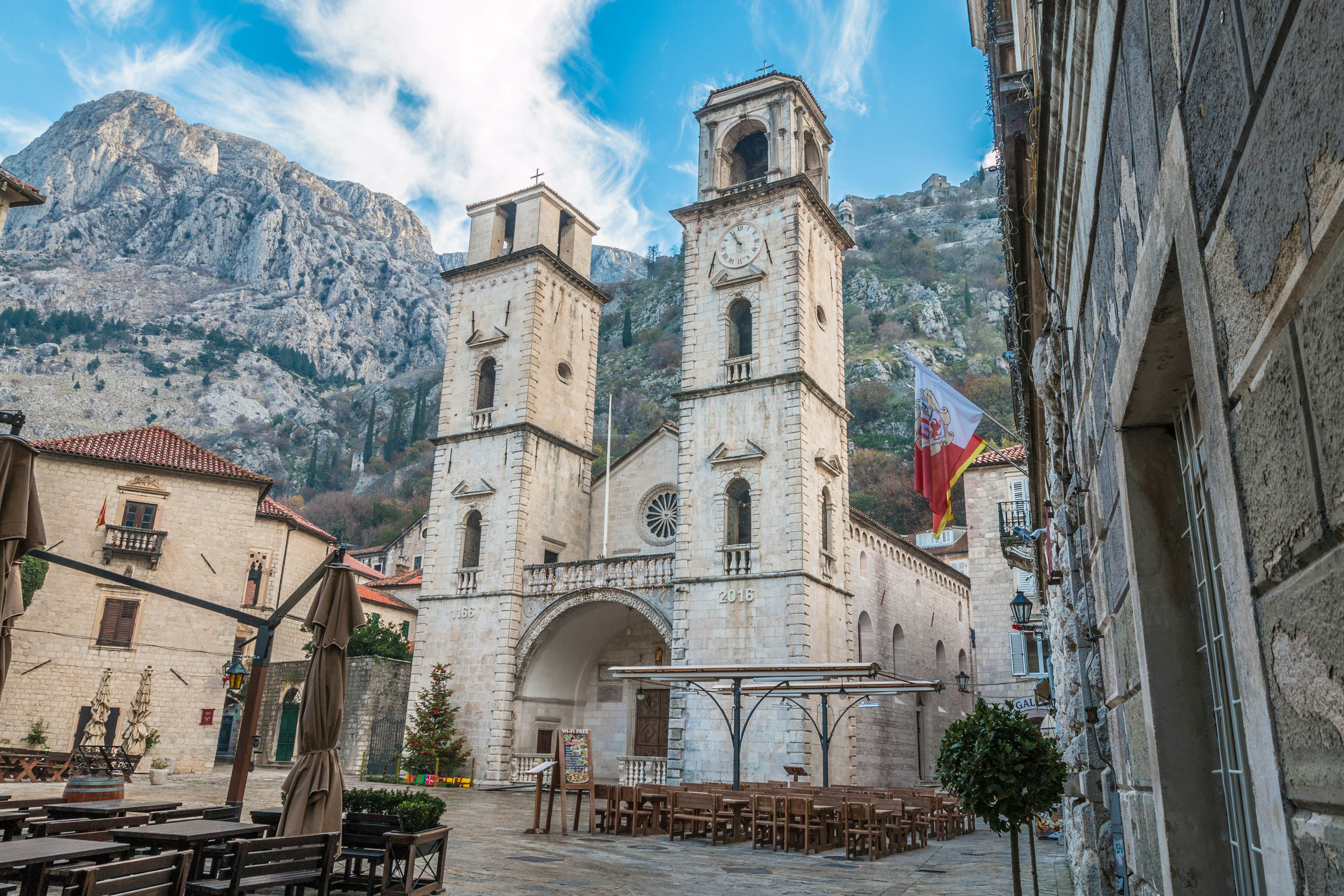
1. Take a walking tour of Stari Grad, the old town of Kotor
Kotor's historic old town, Stari Grad, is full of intriguing landmarks. Start exploring at the 16th-century Sea Gate, where the winged lion of St Mark recalls the city’s Venetian history. Above the gate, the date of the city’s liberation from fascists during WWII is marked, alongside a communist star and a quote from Tito.
As you pass through the gateway, look for the 15th-century stone relief carving of the Madonna and Child flanked by St Bernard and St Tryphon, the patron saint of Kotor. The gate opens onto Stari Grad’s largest square, Trg od Oružja, and straight ahead is a clock tower from 1602 with a pyramid-shaped pillory where wrongdoers were publicly humiliated under Venetian rule.
Walk left across the square and take the first lane to the right and you’ll pass a string of historic churches, including St Claire’s Franciscan Church, St Nicholas’ Church, St Luke’s Church and St Mary’s Collegiate Church. Cut across Trg od Drva to the waterside River Gate, built in 1540, then return along the main lane.
Duck to the right onto Trg Bokeljske Mornarice, where you’ll find the Maritime Museum, and then continue to Trg Sv Tripuna, dominated by St Tryphon’s Cathedral. To finish a Stari Grad walk, take the lane to the side of the cathedral, turn right and continue to the 13th-century Gurdić Gate at the southern end of town, beside the gurgling Gurdić Spring.
2. Admire the architecture of St Tryphon’s Cathedral
Kotor’s most impressive landmark is towering St Tryphon’s Cathedral, consecrated in 1166 but reconstructed several times following earthquakes. The Catholic cathedral’s pale interior is a Romanesque masterpiece, with slender Corinthian columns alternating with pink stone pillars supporting a fine vaulted roof, with traces of Byzantine-style frescoes in the arches.
The gilded silver bas-relief screen behind the altar is considered Kotor’s most valuable treasure, and the cathedral’s reliquary chapel contains the remains of various saints, including Tryphon himself – a figure venerated by both Catholics and Orthodox Christians.
Planning tip: The cathedral is the only one of Kotor’s churches to charge an admission fee, but this includes access to the sacral art museum upstairs. No fee is charged to attend services. 
3. Climb Kotor’s rugged, fortified walls
Kotor’s defining feature is its system of defensive walls, which arc up the mountainside to a height of 260m (853ft) above sea level. It’s a hard, shadeless slog to reach the top of the battlements, and there’s an admission charge, but the views are glorious.
The main entry point to the fortifications is near the River Gate. From here, a path with 1350 steps passes gun embankments and four small chapels before you reach the halfway mark, the 15th-century Church of Our Lady of Health.
At a solid pace, it takes around 45 minutes to reach the blocky ruins of St John’s Castle at the top of the walls, built in the 15th century on the site of an older fortress.
Planning tip: On the return journey, you can branch off below the church on a path labeled “barutni magazin” to come out at the other entrance to the walls, near Trg od Salate.
4. Peruse Kotor’s museums
Kotor’s interesting museums provide an opportunity to access buildings that would otherwise be off-limits, such as the impressive Grgurina Palace, which today houses the Maritime Museum of Montenegro. Built in 1732, its three grand levels display items relating to Kotor’s proud naval history, including paintings, uniforms, decorated weapons and ship models, and there’s a free audio guide.
Museums Kotor (Muzeji Kotor) covers three museums in Kotor’s Old Town, along with the Perast Museum and the Roman mosaics in Risan. On the ground floor of Kotor’s 17th-century Pima Palace, the Solidarity Gallery displays work donated by artists from around Yugoslavia and the world following the earthquake that hit the region in 1979.
The other two museums are set in old churches that were shuttered during the Napoleonic occupation. The Lapidarium in St Michael’s Church displays fragments of ancient masonry, while St Paul’s Church was once part of a medieval Dominican monastery. St Paul’s is now devoted to a single incredible object – a stone head from a sculpture of the 1st-century Roman emperor Domitian, ironically a noted persecutor of Christians.
Detour: For something offbeat, there’s the Cats Museum, a private collection of thousands of moggie-themed postcards, lithographs, prints, jewelry and antique advertisements. The nominal admission fee goes towards taking care of Kotor’s famous felines.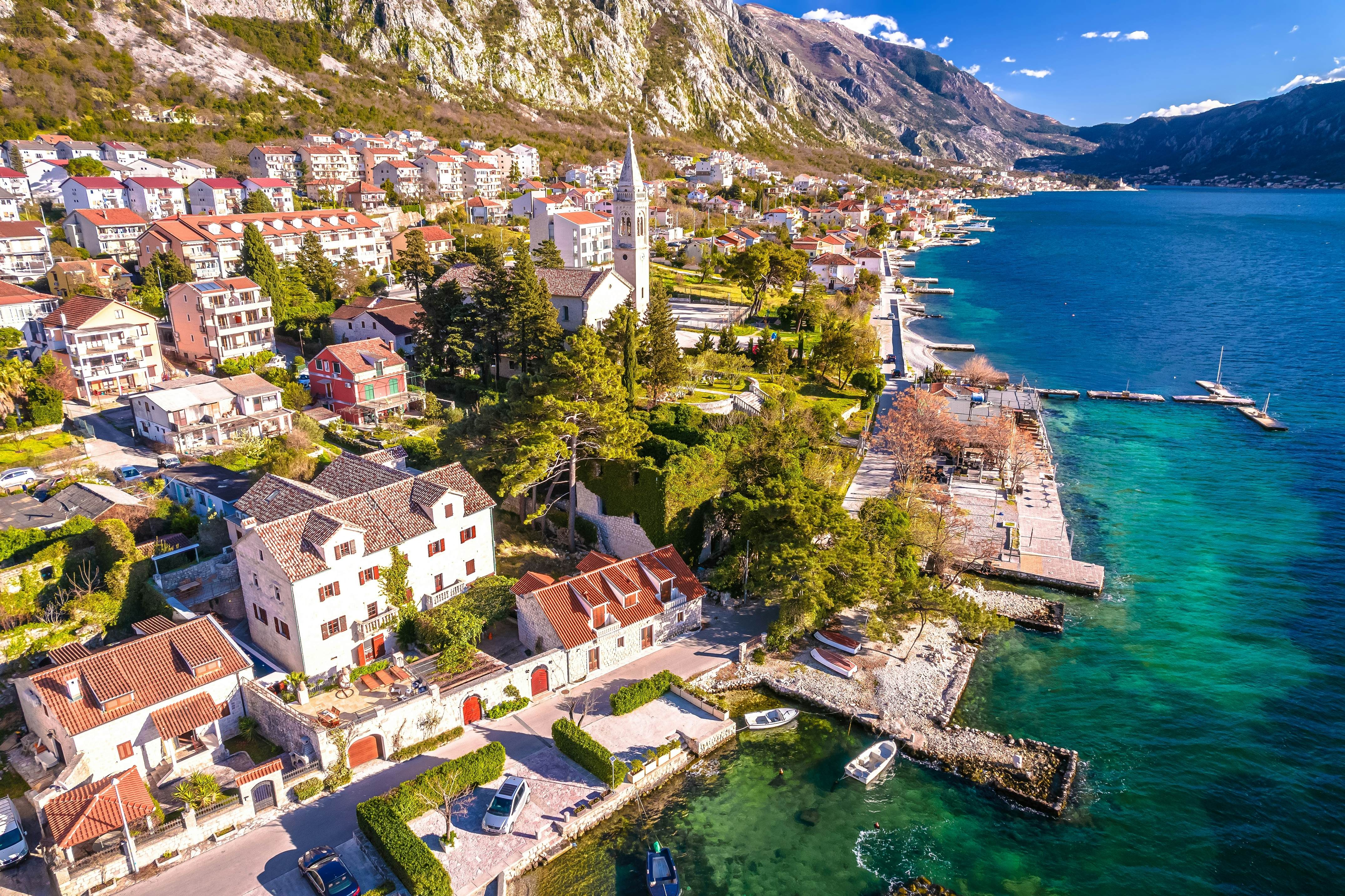
5. Stroll along the waterfront in Dobrota
One of the most idyllic experiences in Kotor is strolling along the waterfront in Dobrota, just north of Kotor. While Kotor hides behind robust walls, its neighbor to the north spreads attractively along the bay for 5km (about 3 miles). Once a separate town, it’s now effectively a Kotor suburb, lined with cafes, bars and restaurants and fronted by pebbly Žuta Plaža beach.
Walk for 20 minutes along the waterfront and you’ll reach St Matthew’s Church, a large Catholic church dating from 1670 with a well-proportioned dome and a tall steeple. The doors are rarely open, sadly, which is a shame, as it’s filled with significant art and many grand marble altars.
Another 40 minutes will bring you to cavernous St Eustace’s Church, an 18th-century charmer with impressive ceiling frescoes, sculptures by Giuseppe Bernadi and a painting by baroque master Carlo Dolci. Most striking of all is the mosaic by 20th-century Croatian artist Edo Murtić, covering 300 sq meters (3229 sq ft) of the sanctuary wall.
Planning tip: While it’s easy to walk along the waterfront, it’s quicker to explore by car as the sights are spread out. You can continue on the road running north beside the water to the village of Orahovac for more Bay of Kotor views.
6. Savor Kotor’s best dining
Good food starts with fresh, quality produce, and most of the fruit and vegetables sold in Kotor are locally harvested and seasonal, so you’re already off to a great start. Start the Kotor dining journey at Taraca Resto Bar, which serves vegetarian and vegan options alongside meaty Montenegrin mains, in a cozy space tucked away alongside the Škurda River.
Pier 65 Gastro Bar dishes up Turkish-style breakfasts on one of the Stari Grad’s quieter squares, near the cinema. Over in Dobrota, Platanus is a popular local cafe, with excellent service and a good breakfast selection as well as tasty pizzas.
For Mediterranean fare served in an elegant conservatory under a canopy of trees, visit Ladovina in the Škaljari neighborhood. Groups will appreciate Marenda Grill House’s massive meat-based platters for sharing.
If you want to experience Kotor’s best restaurant, make a booking at Galion, serving upscale modern cuisine (especially seafood) in a romantic waterfront setting with views across to the walled town and the luxury yachts in the marina.
Planning tip: For drinks before or after dinner, hit up some of Kotor's lively bars. Letrika, Nitrox Pub and Bandiera are essential stops. Note that some bars and restaurants in Kotor close during the winter slow season.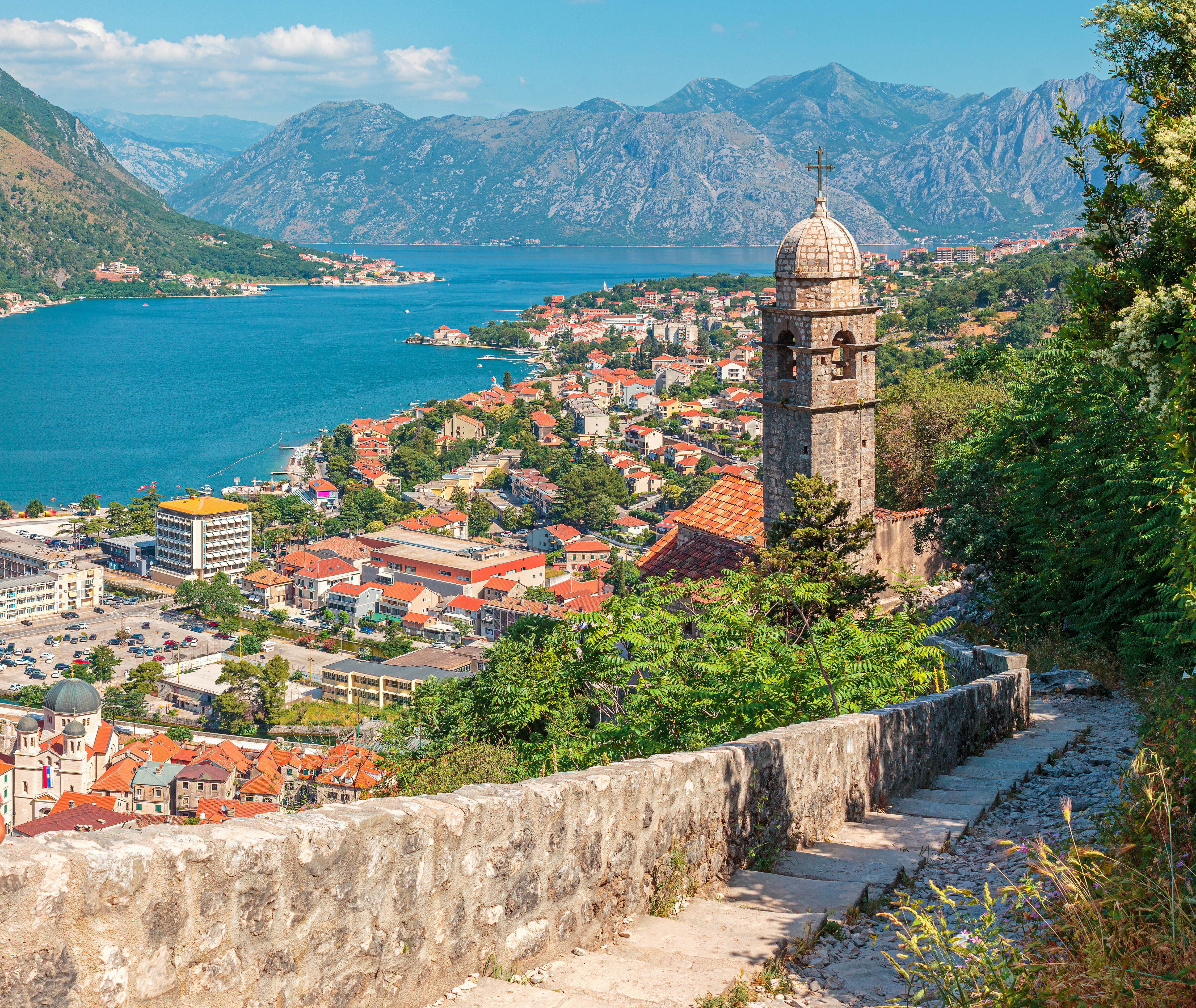
7. Explore Kotor’s historic churches
Kotor’s beautiful churches have been steering visitors toward the divine for centuries. They’re also important custodians of the city’s artistic and cultural heritage. The city has had a mixed Catholic and Orthodox Christian population for many centuries, with a long history of cooperation, and it shows in Kotor’s religious architecture.
Nowhere is this collegial spirit more apparent than in St Luke’s Church, constructed in 1195 as a Catholic church. From 1657 until 1812, both traditions took turns to hold liturgies here, but today, the congregation is Orthodox. Elements of the church’s original 12th-century frescoes are still intact, along with two spectacular iconostases from the 17th and 18th centuries.
Nearby, the grand, domed St Nicholas’ Church is the city’s largest Orthodox place of worship, built in 1909. Inside, it features a grand iconostasis with silver bas-relief panels and four huge canvases depicting the gospel writers – a gift from Russia in 1998.
Its near neighbor, St Claire’s Franciscan Church was built between the 14th and 17th centuries. It has a simple facade, but the interior serves up the full Venetian baroque experience. Another interesting church in the area is St Mary’s Collegiate Church, a Catholic chapel built in 1221 on the site of a 6th-century basilica.
8. Take a boat trip to the Church of Our Lady of the Rocks
Also known as Gospa od Škrpjela, the Church of Our Lady of the Rocks sits on a manmade island that lies off the coast near the famously picturesque town of Perast in the Bay of Kotor. Marking the site where a sacred icon was discovered in 1452, it makes for an excellent outdoor excursion during warmer months.
The boat trip to this island is part of the fun, and finding a boat operator is easy in summer, when boats wait near the water in both Kotor and Perast. Built over foundations made from rocks deposited by pilgrims, the pretty church contains paintings, religious artifacts, and a small museum.
Planning tip: During the off season (winter), visitors will need to ask around to find boats to the island. In July, a convoy of boats visits the island from Perast to add new rocks to the island’s foundations – a ritual known as fašinada.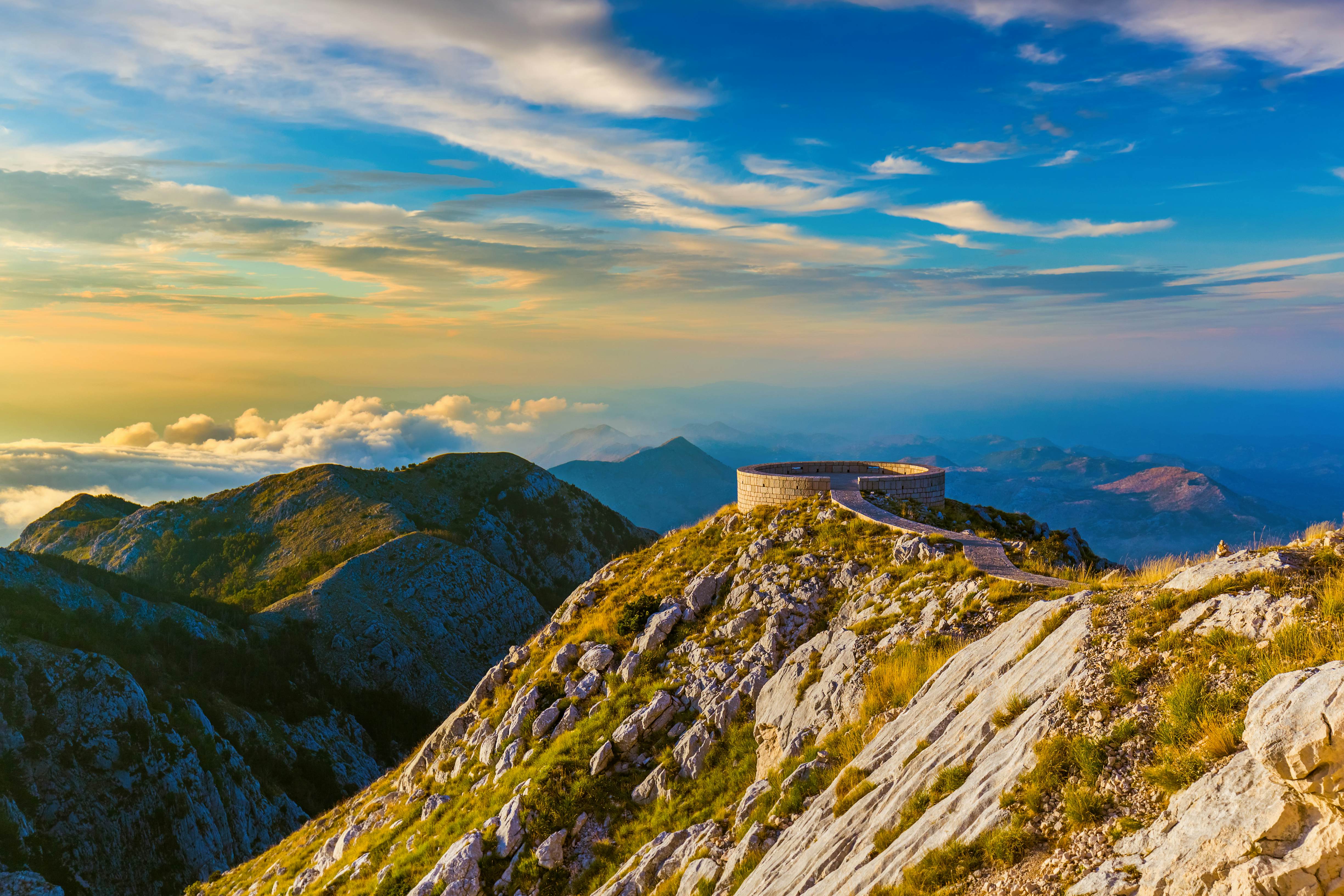
9. Take in the views from Mt Lovćen
There is no better view over the Bay of Kotor than from the slopes of Mt Lovćen, to the southeast of Kotor. For centuries, the zigzagging caravan trail known as the Ladder of Cattaro was the main route between Montenegro and the rest of the world, crossing the flanks of this 1749m (5738ft) peak.
In the 19th century, the Austrian occupiers of Kotor built a serpentine road across the mountain that is still a popular driving route today, with 25 hairpin turns. Then, in 2023, the Kotor–Lovćen Cable Car was added to the mix, transporting passengers up Mt Lovćen in just 11 minutes.
Starting south of Kotor’s old town near the Austrian-built Fort Trojica, the drive across Mt Lovćen is thrilling and unsettling in equal measure, so drive slowly and cautiously. Prefer to travel on foot? The steep Ladder of Cattaro hike starts near the old hydroelectric power station on the Škurda River, immediately north of the old town.
Planning tip: For the easiest route up Mt Lovćen, board the cable car at Dub, on the far side of the Vrmac road tunnel. The top station sits at the edge of Lovćen National Park, a popular destination for hiking with a number of rewarding trails.
10. Plunge into Škurda Canyon
For adventurous travelers, the Kotor region is one of the best places in Montenegro to go canyoning. Organized expeditions explore the beautiful smooth drops, tunnels and waterfalls of Škurda Canyon via a combination of hiking, swimming, caving, abseiling and jumping into deep water.
You’ll hike for an hour to reach this hidden river canyon, tucked away in the mountains behind Kotor’s Stari Grad. Reliable local canyoning operators include Montenegro Canyoning and Kotor Bay Tours.
Planning tip: Kotor offers all sorts of outdoor activities. Local operator 360 Monte arranges bay cruises, hiking, canyoning, rafting and sightseeing tours around the region, while Stari Grad-based Adventure Montenegro organizes kayaking (guided or solo), speed-boat tours, guided hikes and rafting trips on the Tara River in UNESCO-listed Durmitor National Park.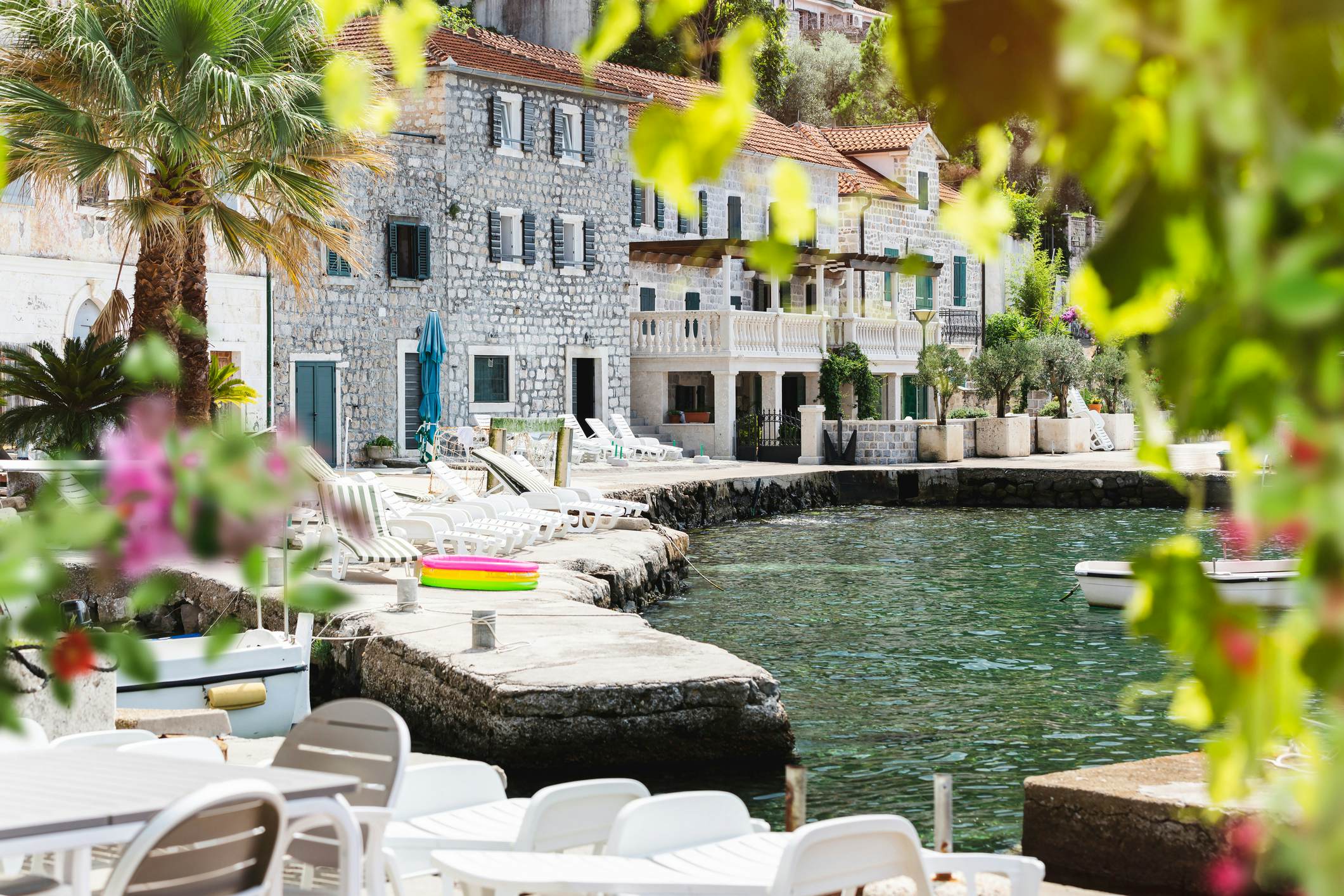
11. Explore Tivat and the Luštica Peninsula
Take an unhurried drive through the Vrmac Tunnel to reach Tivat and the Luštica Peninsula. Just a 15-minute drive from Kotor, Tivat is like nowhere else in Montenegro – this former navy base and shipyard has been transformed into a chic resort, catering unashamedly to the uber-rich.
This former maritime hub has been tastefully redeveloped into a ritzy enclave of sunny walkways, luxury accommodation, restaurants, bars, a beach club, a superyacht marina and boutiques from the likes of Bulgari, Balenciaga and Boss. A couple of dry-docked Yugoslav-era submarines offer a reminder of the village’s nautical past.
Detour: Hear southwest from Tivat to reach the calmer surroundings of the Luštica Peninsula. The road to the tip offers scenic views over the bay, the abandoned resort on Sveti Marko island, and the convent-capped isle of Gospa od Milosti. At the end of the peninsula, you can lunch on the waterfront in the village of Rose (pronounced “roh-seh”).
This article was adapted from Lonely Planet’s Montenegro guidebook, published in May 2024.




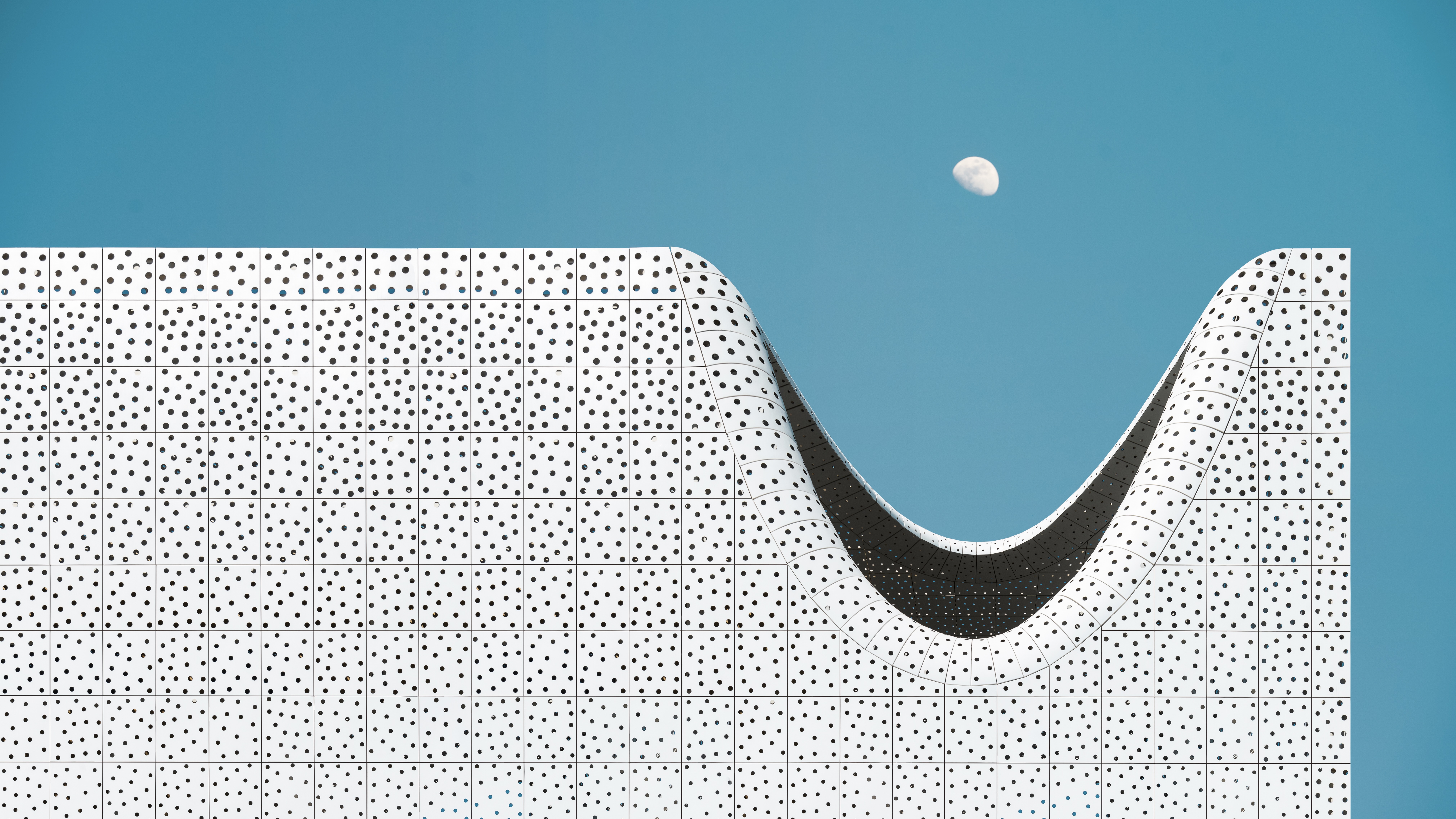















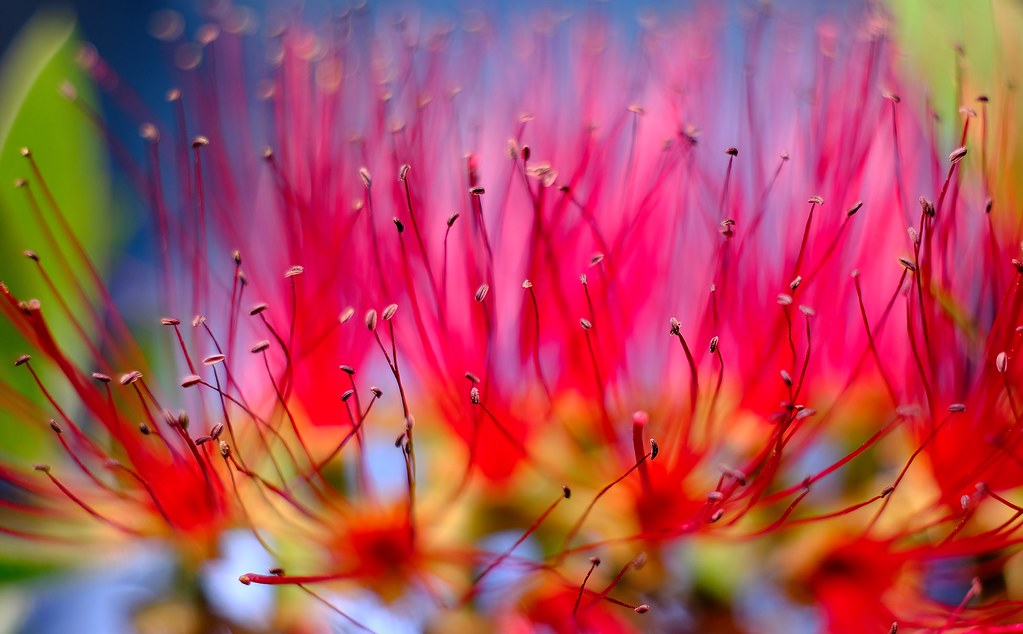























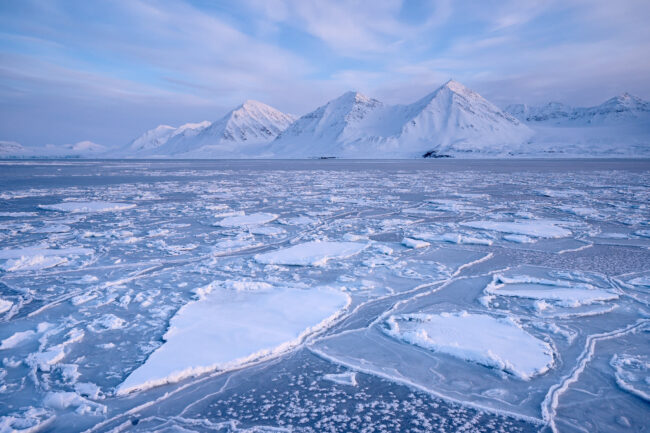
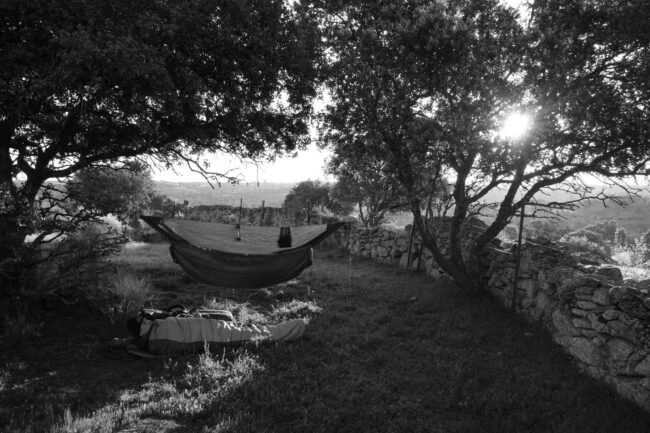








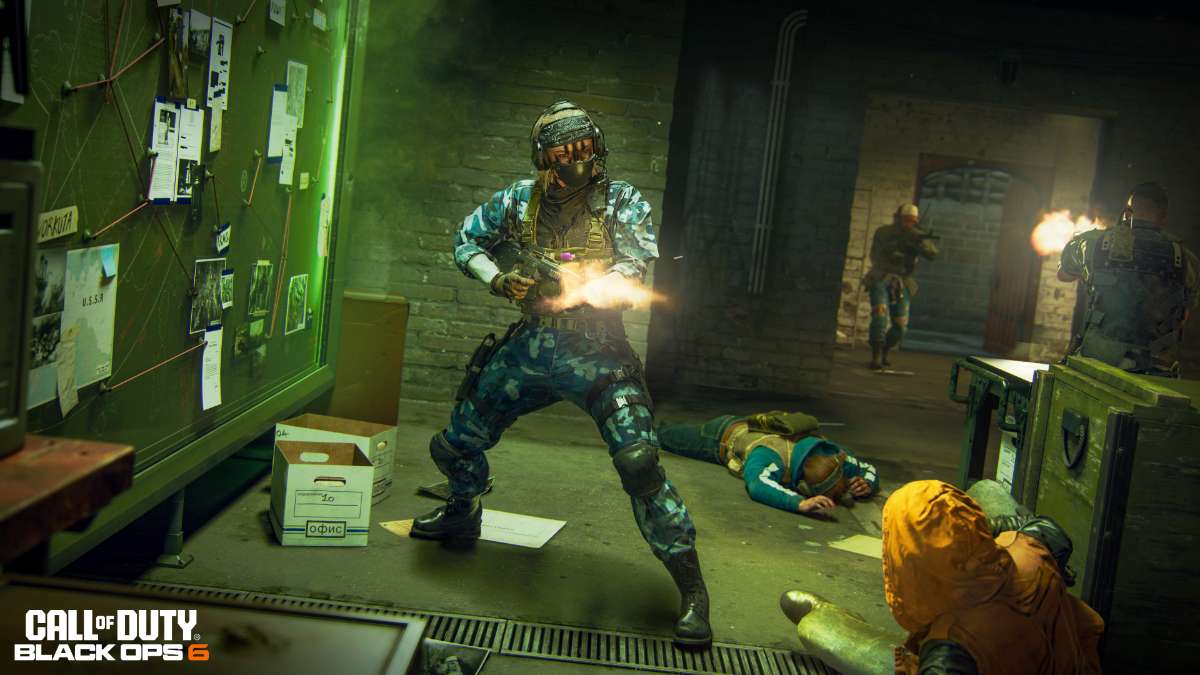
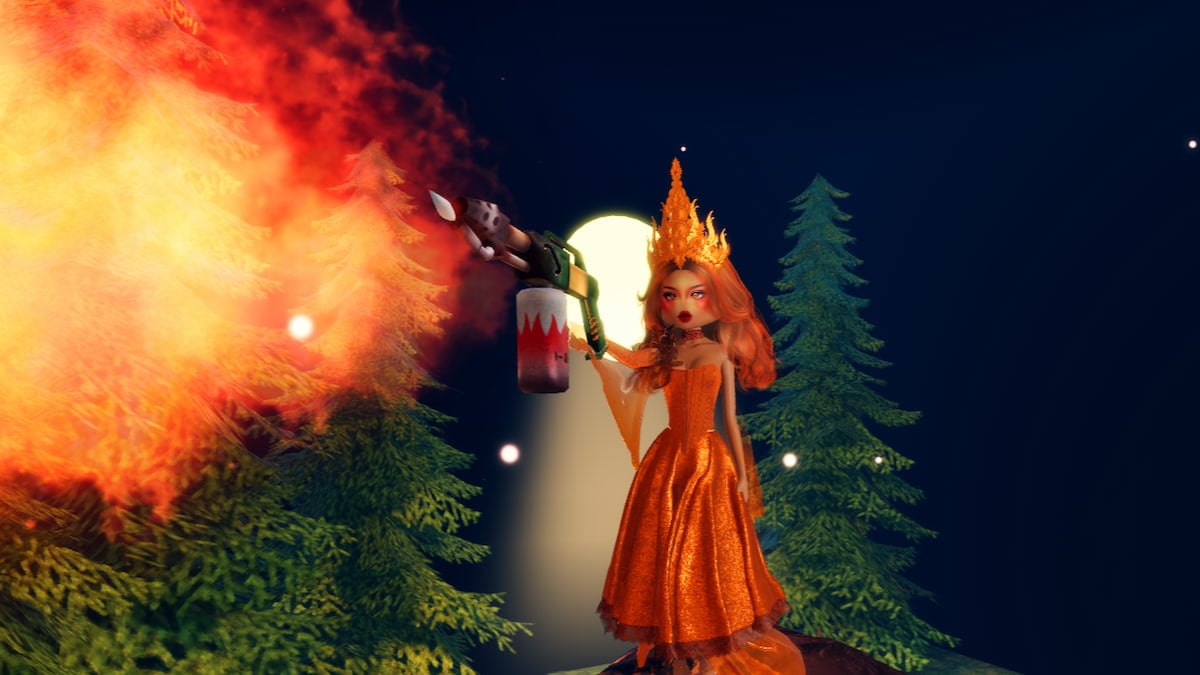



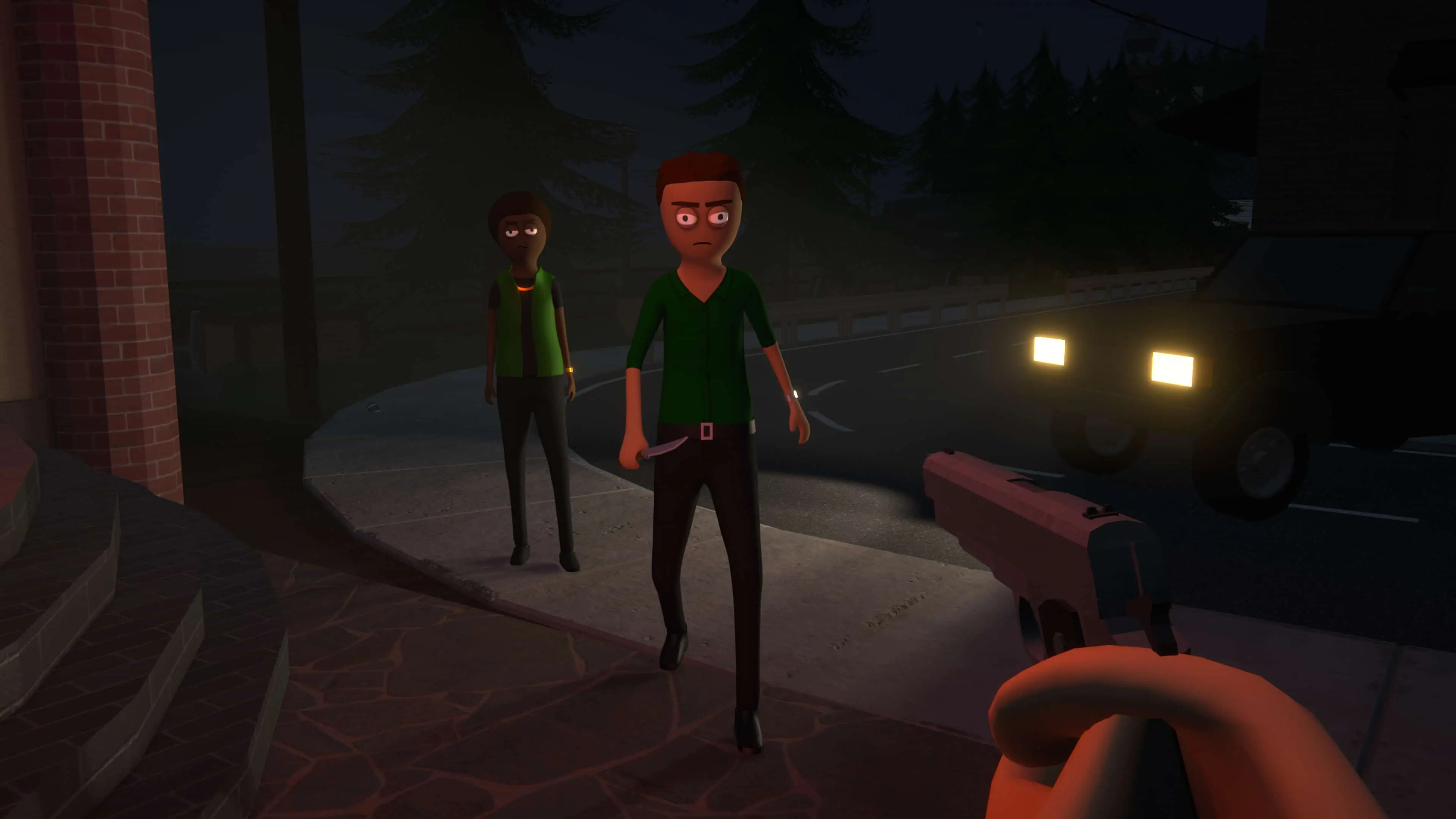



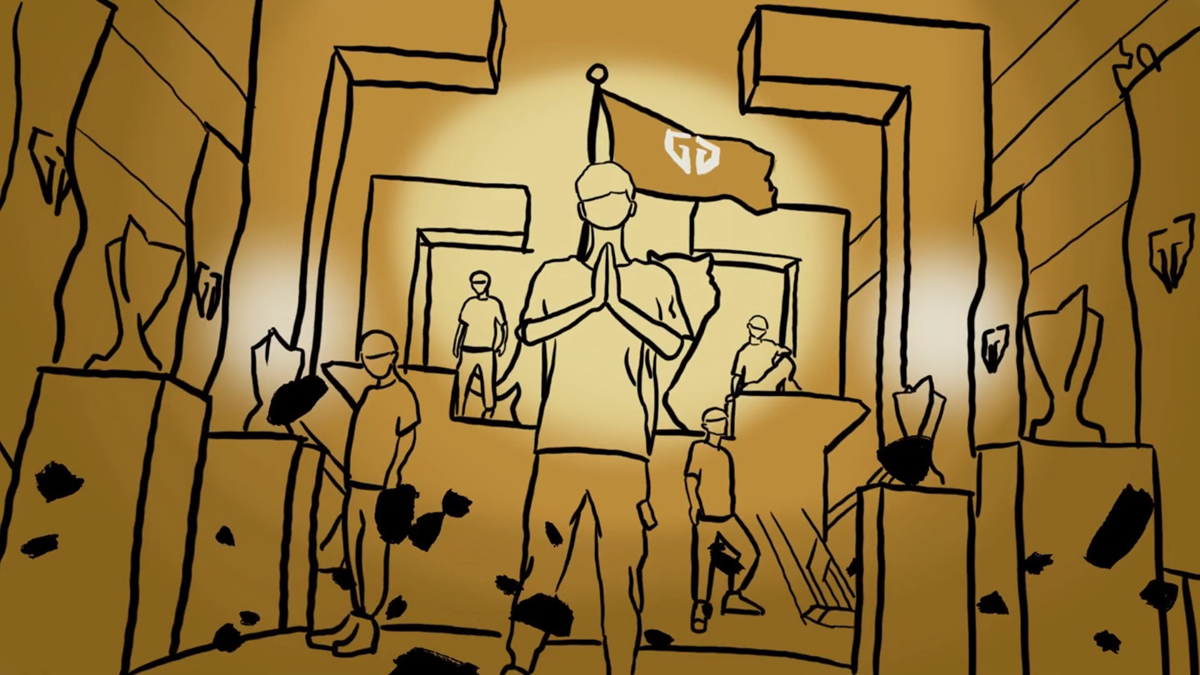


























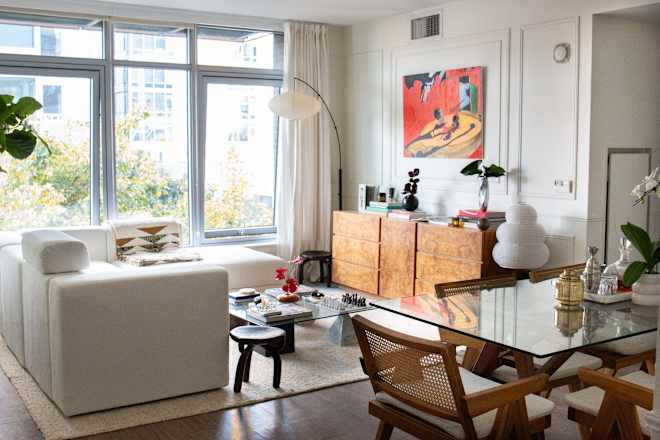

























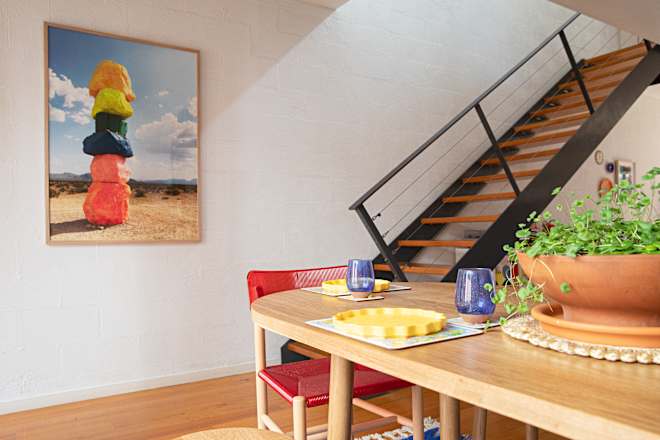


























































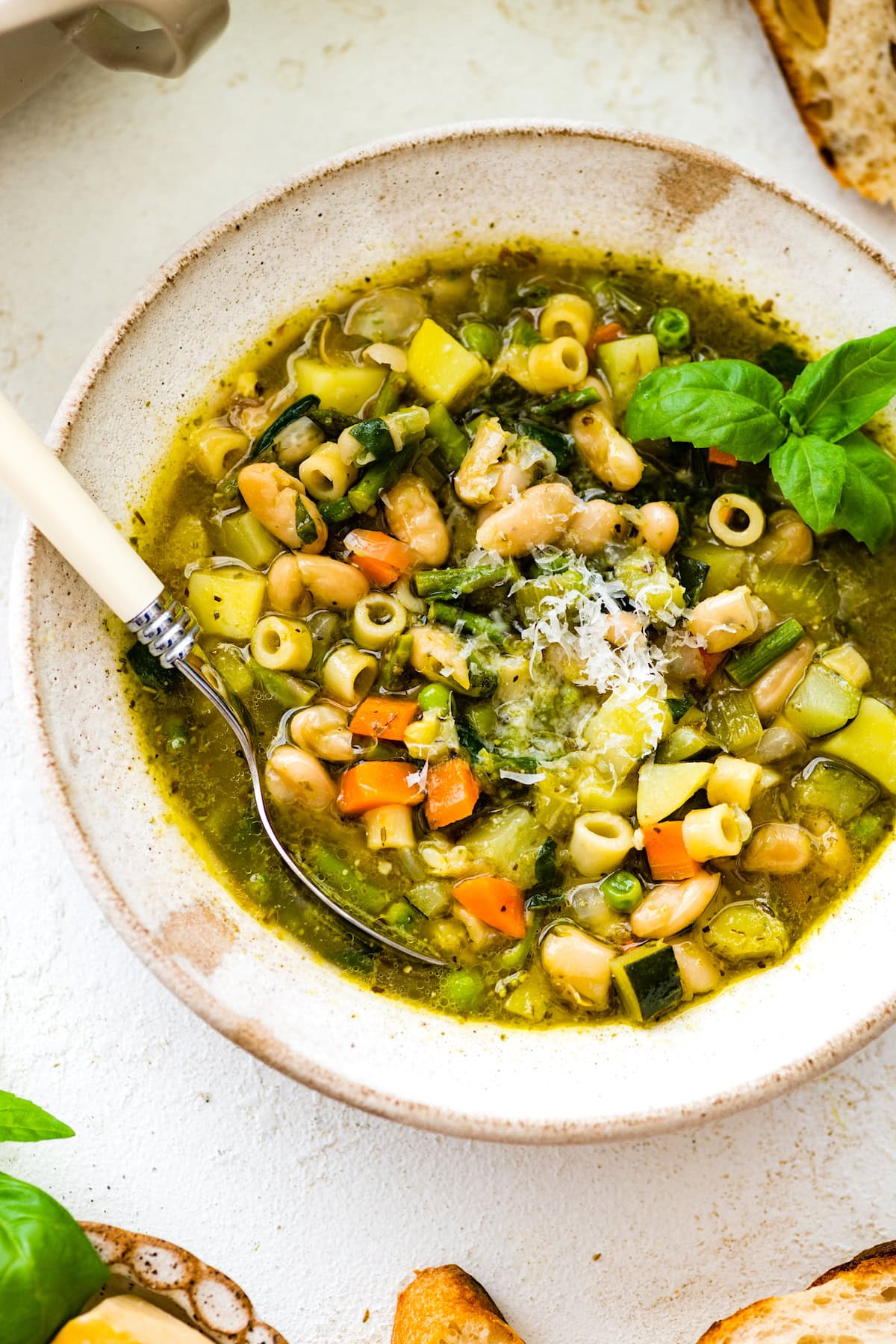


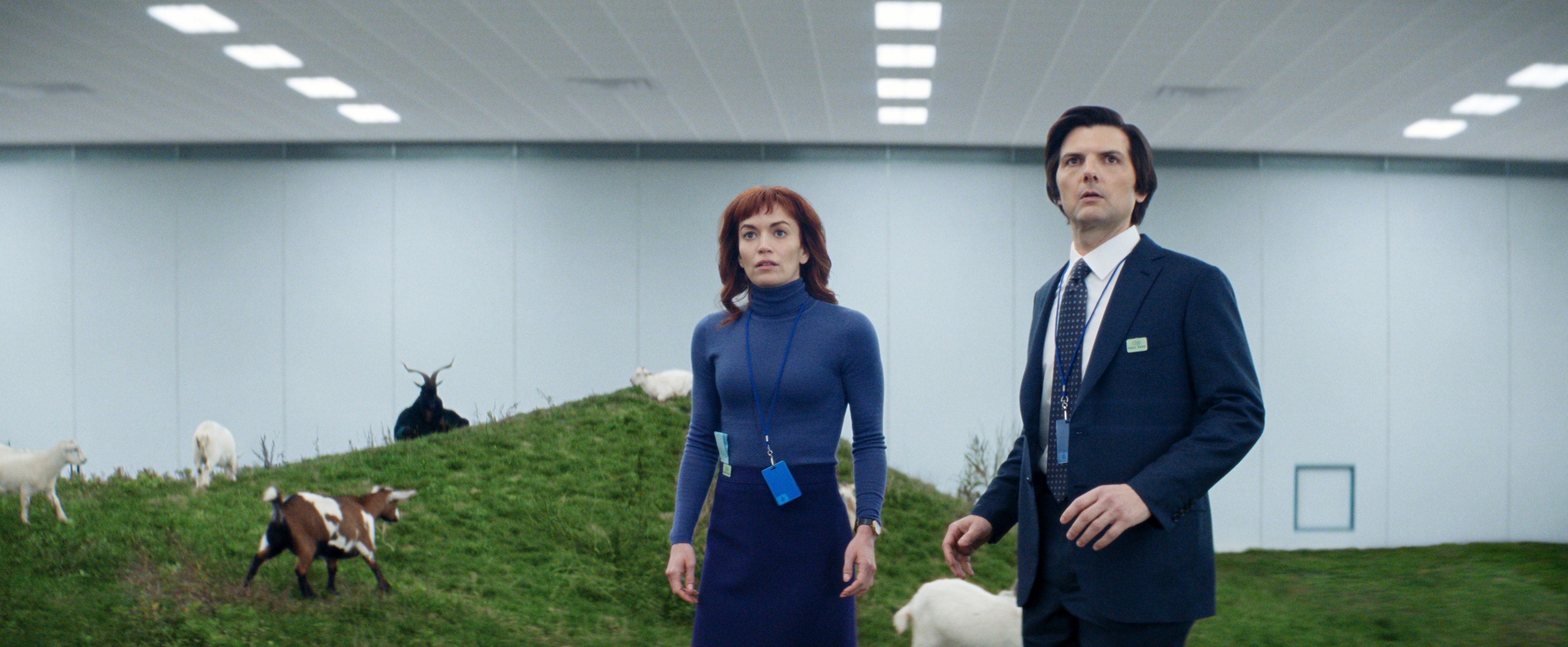




.jpg)






